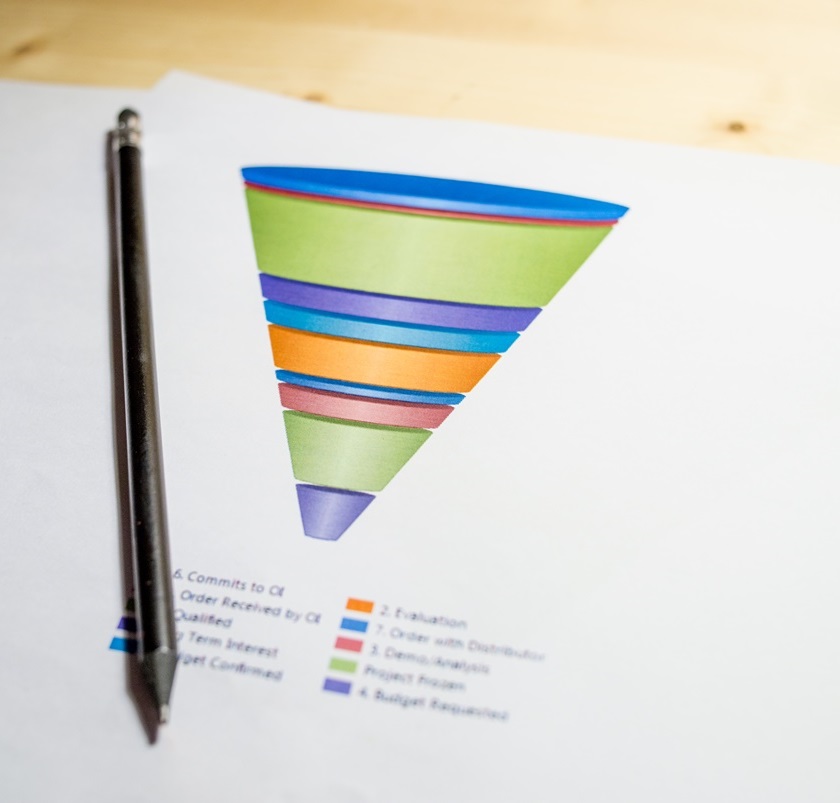As a sales rep, you’ll know your products and services inside out and back to front… at least, you should! You should have your own internal library filled with all sorts of product-specific information and market data. This not only enables you to connect and engage with your customers, but also to promote your offerings to the right audiences. However, there is one big challenge sales reps need to overcome.
That challenge? Being able to differentiate between ‘information’ and ‘relevant information’, for while the two may appear to be very similar, understanding the differences can have a huge impact upon success.
Information vs. Relevant Information
Now, there’s a further challenge here that sales reps will encounter: ALL information about your products and services is, of course, relevant… it’s just not always relevant to a specific customer at a specific time.
The trick, therefore, is to determine what information is relevant at what time. We can do this by breaking down the traditional sales funnel into its separate stages, and matching our sales technique to each part of the funnel. As a sales rep, it’s important to be flexible with your approach for the best effect.
The Sales Funnel
There are many different variants to the sales funnel, but at its most basic we have the following:
- Awareness
- Interest
- Decision
- Action
Traditionally, the top of the funnel is the largest, as we’re able to create a large pool of people who are aware of a product or service through methods such as cold calling. The bottom of the funnel is typically the smallest, as potential customers will naturally be lost along the journey.
The Right Sales Technique… At the Right Time
Imagine you’re calling a new business to introduce yourself and your company, and share some information about your products. Would you start the conversation by discussing your current delivery deals, or your turnaround time? No. And that’s because that’s not what the customer wants to hear. Potential customers want different information depending on what stage of the sales funnel they’re at.
Here’s how to match your technique to each part of the sales funnel:
Awareness
At this stage, it’s all about identifying problems that potential customers may have — locating gaps in their way of working — and offering a solution. Right now, your audience aren’t looking to buy, so a sales approach isn’t the best fit here. Instead, the customer wants to learn more about your business. Don’t focus exclusively on your products, but instead provide a broader introduction to your company.
Interest
Interested audiences will, at this stage, be undertaking their own research to determine whether or a product or service is right for them, and this may mean they’re looking at your competitors, too. That means that now is the time to highlight your product’s unique selling points and demonstrate why your product, and your business, is the best option for the customer, based upon their own specific needs.
Decision
At this point in the sales funnel, a potential customer is looking to make a decision. It’s time to move away from the traditional ‘sales’ approach that you took in the ‘interest’ stage, and instead work to nurture the relationship you’ve built up so far. Businesses aren’t always looking for the lowest cost; in many cases, businesses want to know that their supplier is going to support them and value them.
Action
If a potential customer makes it down to the bottom of the sales funnel, they are most likely in a position to take action. However, some may still need a little encouragement. At this stage, it’s worth bringing in any special offers or deals your business is currently offering, or making discounts available for larger purchases or lengthier contracts. These techniques can all help to boost conversion rates and make sales.
Remember: in sales, timing is everything!











